No products in the cart.
Rachel Rosenberg at RKF
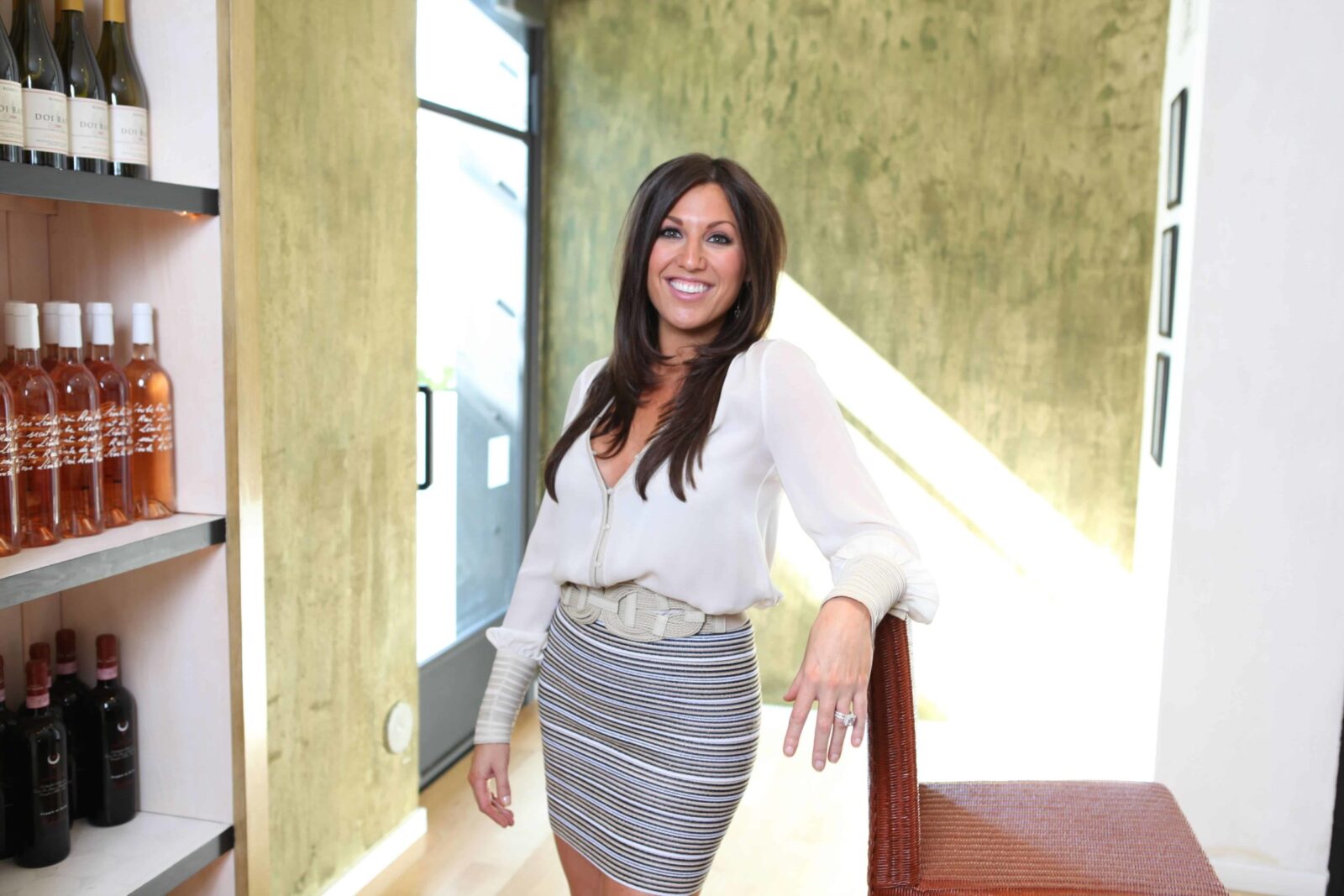
Meet The Woman Who’s Shaping the Beverly Hills Dining Scene, Executive Vice President, RKF Rachel Rosenberg. She’s smart, she’s beautiful, and she’s part of the success and growth of the beautiful Beverly Hills famous golden triangle.
Q: How did you get your start working in real estate and the restaurant industry?
I got my start in the industry working at a local neighborhood restaurant called Scotty’s Crabhouse which is situated on the East side of Milwaukee, where I’m from. I was waiting tables, I was 19 years old and I was in my second year of college. I was approached by the then- managing member of a very prominent commercial brokerage house called The Polacheck Company. From there I started interning, learning the business little by little. I took an immediate liking to it and felt that it was my responsibility to work with restaurant groups around the Milwaukee market because of my love for food and the restaurant business in general. I started working in restaurants at the age of 14, where I did everything from washing dishes to waiting tables to bartending and everything in between. Naturally when I got into the business world, it seemed fitting that I would work with restaurant groups.
Q: Having worked in multiple cities across the country, what is it about the restaurant scene in Beverly Hills and the Westside that makes it unique?
Beverly Hills as a brand is so appealing. It pulls people from far and wide, all over the globe. When you look at cultivating a restaurant program in any district, you want to be sure that there is something unique and valuable about that district. It could be anything from its tourism base to the architecture. I think Beverly Hills has a bit of drama that’s associated with its name and luxurious appeal, and it has the best of all worlds. It is a safe environment for restaurants to play in, it has the tourism rate and hotel trade, pockets of phenomenal shopping—both high-end and contemporary—that makes it accessible for many. And what’s very important in any downtown environment is that it has a Class A office daytime population which converts to all-day parts, which is breakfast, lunch and dinner, as well as a nice happy hour business. What makes it unique is its residents. Beverly Hills residents are tried and true. They continue to come back to their favorite haunts and they spend a lot of time eating out because they have the disposable income to do so. Beverly Hills is not a small market. The most successful restaurants in Beverly Hills are the ones that recognize how fantastic of a residential base they cater to seven days a week.
Q: Beverly Drive has such a great mix of shopping and dining options and you’ve played a big part in shaping the restaurant scene there. Is there a formula for creating the ideal food and retail experience?
I think the two walk hand-in-hand. What sets Beverly Hills apart from other dining districts like the Downtown Los Angeles Arts District or Culver City is that neither has any sort of retail shopping experience. Retail is a nice foundation for people frequenting the city. I love what’s taking shape here and how we’ve been able to help curate North Beverly Drive in particular. It’s a lot more accessible and appealing these days because it has such a fun and upbeat mix of contemporary fashion that’s affordable. North Beverly Drive’s comeback is showcasing a new customer that we haven’t seen in the district that’s now there tenfold. They’re looking specifically for lighter fare, possibly a daytime lunch that’s easy and approachable. Some of the deals we’ve done, like Pei Wei Asian Market and Chipotle, walk hand-in-hand with the contemporary mix. It’s a lower price point, high volume and you have fast casual components doing well coupled with great casual dining tenants like Il Fornaio and The Original Cheesecake Factory, and new tenants like Hakkasan that play to the white tablecloth consumer.
Q: We’ve heard you use the reference “Snack Row” to identify Little Santa Monica Boulevard in Beverly Hills, where shoppers can pick up little treats like gourmet popcorn, or Sprinkles cupcakes and ice cream. What makes this area so popular for these kinds of businesses?
It serves as one of the pieces of the Golden Triangle. Unlike some of the retail corridors, Little Santa Monica has always been a service street. It’s approachable and it’s not intimidating. I think there are certain areas of Beverly Hills that can be a bit intimidating and that street is not one of them. It’s always had a really nice mix of local service merchants, anyone from a shoe repair store to a local jeweler to eyebrow bar, very much catering to the local population. I think Snack Row has come into itself with the foundation being the launch of Sprinkles. Prior to that, there was always a nice healthy collection of tenants like Le Pain Quotidien, Panini Café which serves delicious panini press sandwiches, K Chocolatier – a great grouping of local merchants. And because it is so close to the residential population and it does have parking that’s close by, it makes it easy to drive in and grab a baguette, a cupcake or a snack and be on their way.
Q: You’ve played a major role in helping Chipotle expand throughout the Southland. What makes these two fast casual eateries so popular? What are they doing right?
We’ve now done over 45 transactions for Chipotle in the Greater LA market place, which is quite significant. Chipotle is one of the first forays into QSR and fast casual dining. Because they were first to the market, they had a nice head start in defining themselves and perching themselves high above the food chain, not only as a direct competitor to many of the new tenants that have come to market, but they’ve set the bar in terms of service, quality of food and high standards for the price point. I think what makes it so popular not only in Southern California but across the country is a definite correlation between quality and price point. They’ve been able to marry that extremely well. You know when you’re walking into a Chipotle unit that you’re going to experience quality, creative, organic food at an inexpensive price. That, coupled with the fact that a lot of Angelenos who are consuming Chipotle are doing so on the go. Chipotle’s real estate strategically placing themselves in Southern California has allowed for customers to pull in to nice convenient format, eat their food and go. That real estate is very hard to come by. It was a painstaking process for them to find that exact real estate in the market and they didn’t take secondary positions in doing so.
Q: You recently helped Fig & Olive, True Food Kitchen and Lettuce Entertain You Enterprises expand to Los Angeles. What are some of the most important things you take into consideration when helping a client open new locations in a new city?
Strategy. You have to have a market plan for the tenant. It isn’t just about where their contemporaries are located or who’s doing the most business. The most important thing is to step away from the map and consider all of the opportunities that are in LA, which quite frankly are very significant; it’s such an expansive market. There are people who come to LA and they initially seek out regional markets like Beverly Hills or West Hollywood or Santa Monica to approach first, but there are so many nooks, little submarkets when approaching a city. Second, consider what’s already being offered in the market you select. If you’re a fine Italian dining establishment, who is your direct competition in the market? How long have they been a part of the market? Are they fundamentally stitched into the genetic fabric of that community? Do the locals need another?
Q: Is it possible to pre-identify “the next great location” to create a hot neighborhood or district? What do you need in order to make it happen?
Yes. In all districts there seems to be a pinnacle or an intersection. It could be that it’s a sunny side of a street, it could be the building itself and how it’s perched or overlooks a particular seating program—outdoor seating—for a restaurant tenant. It could be an architectural element you respond to or that sets the building apart from some of the other buildings in the district. Like any jewel or gem, there are definitive characteristics of a particular building or intersection that you can put your thumb on and say “you know what, that would be a perfect fit for x or y concept”. When it happens, and it doesn’t take a real estate expert, you can really feel who the particular tenants are that draw that district together, that is the glue that connects all of the tenants in the district. For example, Melrose Place. When Marc Jacobs took the corner of Melrose and Melrose Place there wasn’t really much happening on that particular stretch but that building—there was always something interesting about the beautiful curvature of the building, the way it spanned two streets, there was a connectivity.
When most people look at real estate, there’s a healthy debate between heart and mind. Is it gut? Or is it facts that you’re pulling from demographics, street counts, traffic counts? You’ve got all this factual site specific information that you draw upon when you’re assessing a location but a lot of times it’s gut and it’s heart and you can feel it and I think that comes into play when you’re creating a new district or neighborhood.
Q: RKF Real Estate also services real estate owners and developers across the country. How do you work with them on developing a merchandising plan to target the right retailers?
There are a lot of brokerage firms that create teams that only specialize in representing owners and teams that only specialize in representing tenants, and we do both. It makes us dangerous, we completely understand the needs of both parties. It helps in terms of developing a merchandise plan because we understand what it takes to create a buzz on behalf of a landlord, the grouping and the categories of tenants, how to place them alongside each other. Many times, this was how a landlord used to develop a project: In a large mall, they would put all of the food court tenants in one area, and then they’d put a couple of restaurant pads outside and the rest would be retail. They’d have a luxury wing and a contemporary wing, and the anchors would be department stores. That’s an old model that’s been reworked and we’re seeing a departure from that. With lifestyle centers, I think we’re seeing a new wave and we’re doing a lot of merchandising plans from small, 35,000 square foot lifestyle projects to 150,000 square foot neighborhood centers that have 1-2 anchors like a grocery tenant. For example, the center at 8000 Sunset Boulevard. Trader Joes, CB2 and Sundance Theaters bring in the most traffic. It’s a healthy mix of tenants because they’re bringing in traffic at all hours.
How do we work with them? You have take a step outside of just the site plan. Oftentimes you look at a site plan with the landlord and everything looks great on paper. You say “You know what we need? We need some contemporary fashion here, and here we need some dining.” But what’s in the market? Who’s in the market and who’s performing and where is there a lack? Is there a lack with a specific category with a void that needs be to be filled and there’s a demand? Or is there a lack for a particular category because it’s not necessary because it’s being filled elsewhere?
Specifically, you have to be low to the ground. You need to speak with retailers and ask them who’s frequenting their business. Where are they coming from and why? How far away are they traveling? If we were to put in another category similar to theirs, would that help their business or hurt it? You assess all of these things and then you put together a merchandise plan. What we’ve been doing recently that I like is we’ve got a smattering of food tenants, retail and service. It isn’t just a row of one kind of tenants here, a row of another kind there. Very old school. Now we like the idea of putting a Drybar next to an Intermix next to a Mendocino Farms. That lineup collectively is really fun and more integrative. We’re finding that landlords are liking that as well and we’re doing it where we can.
Q: The Beverly Hills Golden Triangle has been ultra hot lately with new retail openings like Theory, Intermix and Mitchell Gold + Bob Williams–Platinum Triangle might be a better term! Is this a sign of things to come for dining as well? Will we be seeing a surge in new restaurant activity along Beverly and Canon Drive, Brighton Way and Little Santa Monica Blvd?
Yes, yes, yes and yes. Fashion and shopping, especially the contemporary brands like Theory, is really what Beverly Hills has needed because it brings more foot traffic and bodies because the price point is more accessible. When the price point is more accessible, you cater to more of a mass audience. North Beverly Drive is arguably the busiest street in the city today and that is the connection between Wilshire, Rodeo and Canon. It is such an integral piece of the action that has been missing. When you have hungry shoppers and tourists, you have to feed them. Everything is connected. I think we’ll see restaurant sales increase and new restaurateurs enter the market. Already, there have been several announcements of new white tablecloth steakhouses and seafood restaurants that are emerging in the market such as Ocean Prime, and Hakkasan of course.
I think what Beverly Hills needs more of is casual eateries; not so much fast casual, but casual eateries that are approachable. There’s only so much high-end dining you can do, not only for your wallet, no matter how beautifully blessed residents are in terms of disposable income. You need some more casual eateries that cater to a lunch crowd. A concept like True Food Kitchen should definitely be in Beverly Hills for that reason. With South Beverly Grill, it’s not yet white tablecloth, it’s approachable, it’s a phenomenal dining experience, it has a great little bar and a side menu that makes it a bit more casual and fun. I see more of that happening in Beverly Hills and those kind of tenants being ultimately very successful.
Q: Tapas, gourmet burgers, specialty pizza, organic, vegan —any dining trends that will make a huge impact in the near future?
For sure organic and vegan. It’s the future. It’s going to hit every single segment. I mentioned True Food, but there are also concepts like Veggie Grill and LYFE Kitchen. People care about where they’re sourcing their food. Is it local? Is it good for me? This idea of “my body is a temple” is resounding in the food world. In Southern California, it’s easier to respect this model and this way of thinking, farm- to-table as we call it, than it is in most places across the country. I feel like California as a state has long been spearheading this movement and it’s going to grow for sure across the country to the extent that it can. Manhattan has some of the most amazing farm-to-table restaurants; Chicago has one of the best dining scenes in the country. This food model forces chefs to think on a seasonal level and change their menu accordingly.
Q: What are some of the trends coming out of Beverly Hills that may have (or have had) crossover appeal to other SoCal luxury markets?
I think there’s a lot of crossover with Melrose right now as a district. Also Malibu and Brentwood, Abbot Kinney in Venice. For example, with contemporary fashion tenants like Theory, Alice and Olivia and Sandro, when they enter a market, they want to enter on all fronts. Beverly Hills has always been the go-to for its positioning and proximity in the marketplace, for its appeal as a brand. It helps to be associated with Beverly Hills for the branding, it’s a tool for merchandising, marketing, display, etc. Beverly Hills gives you global appeal. But tenants aren’t going to just open up with one store, so if they come in they’re going to do a deal in BH first and we’re seeing a lot of first-ofs. We’re seeing this with Sandro who will then open Maje. Theory and Helmut Lang, we also brought to Brentwood. If opening in Beverly Hills is successful that’s great! Now where else can we open up shop?
Q: Favorite Beverly Hills dining spots?
For breakfast, my absolute favorite is Le Pain Quotidien. The building looks as if it was built for them. I do feel as though I’ve been transported to Belgium or Paris when I’m there. I love the entire environment that they’ve created. I love going for lunch at Bouchon. The second floor with the open terrace and Juliet windows and Moroccan tiles is the epitome of luxury without feeling like you have to whisper. There’s something so romantic about it but it’s also fun and approachable. For dinner, Mastros. I like to get there early so I can have a martini at the bar.
Q: If you could pick any dish from any restaurant as your last meal ever, what would it be?
I love a perfect bone marrow with a sprinkling of sea salt, a great fig jam and an amazing crostini. I like it simple and plain and I like a lot of it. That would be my last dish.
Visit http://www.rkf.com/ to learn more now.





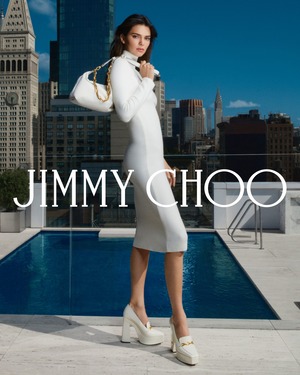
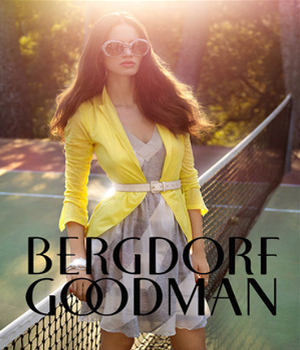
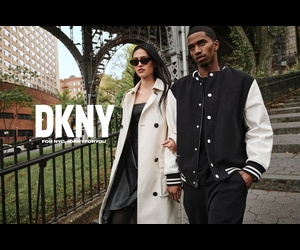
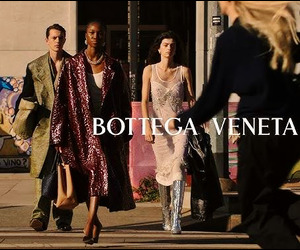
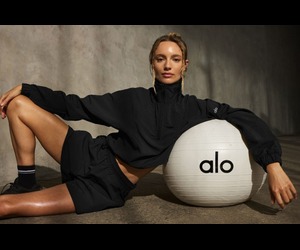
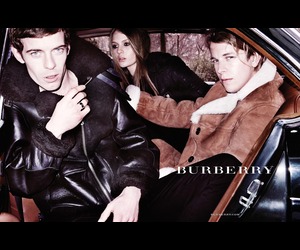





Leave a Reply